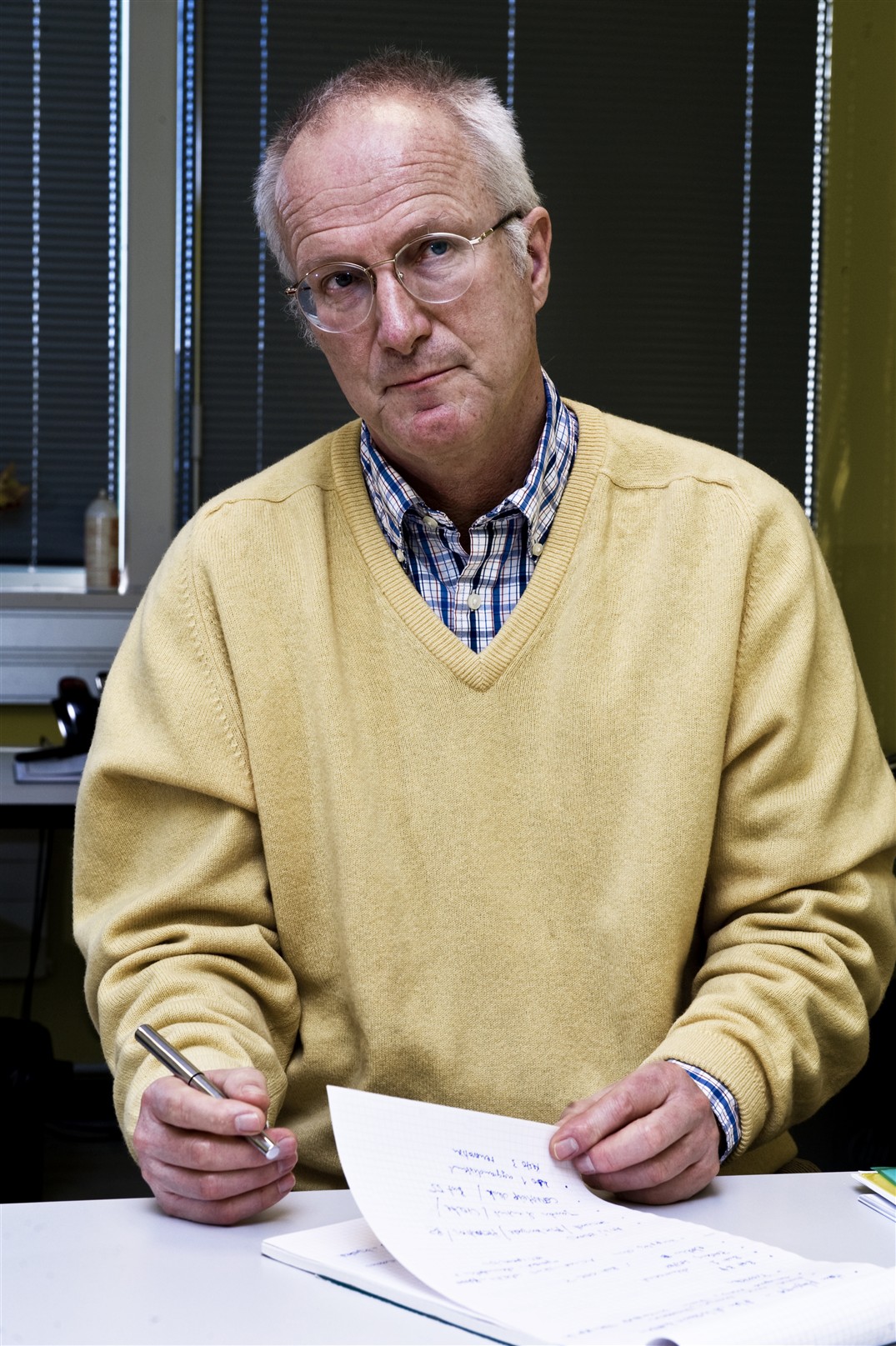Thomas Pettersson: Towards a more welcoming laboratory
The General Services (GS) Department is a brand new department whose mission is to consolidate the infrastructure of CERN as a global laboratory. With an expected increase of 50% in the number of users in the next five years (bringing it to about 15 000!), this is far from an easy task.

The LHC is a challenge not only from the point of view of the technical equipment and the scientific issues it will address; it represents a big challenge for the infrastructure of CERN as a whole, its buildings, offices, roads, hostels, services, etc. The Laboratory expects its population of users to grow from the present 10 000 members to 15 000 in about five years with no significant increase in staff. This will demand all sorts of initiatives that the Laboratory will have to undertake in order to keep and improve the level of services that it provides to the community.
The new GS Department has been created to respond to this and other challenges. "The LHC is the only machine in the world where very high-energy physics can be done", says Pettersson. "Therefore, we have to make sure that we give as many physicists as possible the opportunity to exploit it." Visitors will come here with their families, they will need suitable accommodation, as well as office space and transport services between the various CERN sites. "We have to ease as much as possible the interaction of users with the Laboratory’s infrastructure, whether it be the experimental sites or the kindergarten", confirms Pettersson.
The Laboratory is more than 50 years old and some halls and office areas have not been properly consolidated in the past years. "Given the limited budget, we will have to proceed by priority", explains Pettersson. "The first priority is safety and, for this, we will replace the access systems currently in place at the PS and SPS. In parallel we will have to tackle the problem of office space and other infrastructure-related services. Moreover, although CERN has always been a fast growing laboratory with a growing population, no urban planning has been done so far.
Another urgent thing to be done is to improve the conference room availability. When you have more physicists on site, you will have more meetings, presentations, learning and sharing activities. Take a look at the Indico list of events taking place at CERN every day or try to book a conference room less than a few weeks in advance and you will realize how imperative this need is. With the LHC becoming operational, one can easily expect the demand to grow. "New conference rooms and auditoriums are in our plans, as well as the extension of Restaurant 1 and the refurbishment of Restaurant 3, and, possibly, of the hostels that today already have an average occupancy of 99%", says Pettersson.
Office space is another hot topic. Many of the physicists have expressed their wish to be close to Buildings 40/42 and their surroundings. Sometimes offices are used for just a few weeks per year but they still have to be heated and maintained throughout the year. "We have to find a way of optimizing the use of space and other scarce resources", confirms Pettersson. "We need to ensure that each user and staff member has proper working conditions, but we will have to better manage the use made of offices at CERN. And, again, we will have to imagine good solutions for increasing the density of working space on the sites and in particular in the buildings located in the most attractive areas".
The tight budget makes it difficult to think of any magic solutions to these various problems. "We should create new partnerships with the Host States", suggests Pettersson. "This has already happened several times with Switzerland but there is room for improvement on the French side".
CERN will soon become a global laboratory and this also implies its transformation into a global village. The GS Department has accepted the challenge of driving the change.
Thomas Pettersson’s CV in brief
Having graduated in Stockholm from the School of Naval Architecture and Aerospace Engineering in 1972, Thomas Pettersson began his career at CERN as a fellow in 1975. He worked on developments for the control system for the PS, AA, Linac 2, and LEAR.
From 1993 until 1995 he was involved with physics computing support and accelerator simulation. From 1996 he worked at improving the EDMS and CAD support for the LHC project and CERN in general. He was also heavily involved in the development of the LHC access and safety systems.

